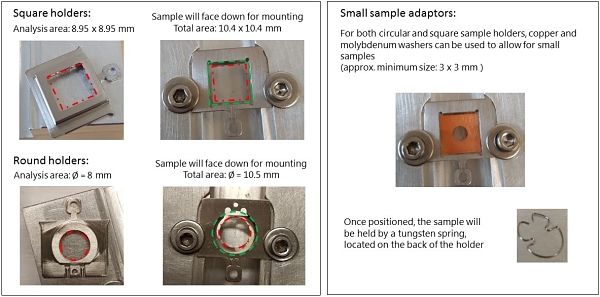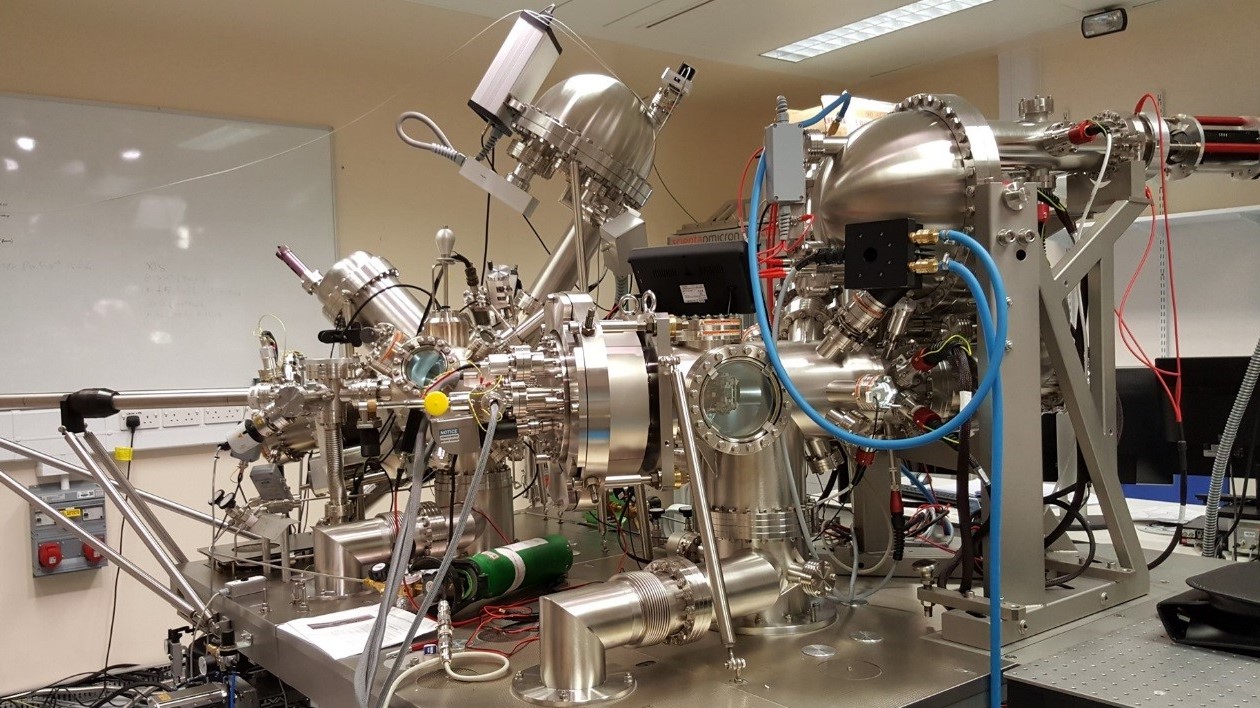Bristol NanoESCA Facility
The Bristol NanoESCA Facility is the newest and one of the most advanced surface analysis instruments in UK. The NanoESCA II offers extraordinary surface sensitivity and energy resolution, further enhanced by being housed in some of the quietest labs in the UK.
The lab’s aim is to help research and industries investigate advanced materials, through the use of the NanESCA II a cutting edge multi-platform instrument with a range of specialised light sources. The NanoESCA II offers extraordinary surface sensitivity and energy resolution, further enhanced by being housed in some of the quietest labs in the UK.
The three main characterisation techniques of the facility are: NanoESCA II Photoemission Electron Microscope (PEEM), high-resolution X-ray Photoelectron Spectroscopy (XPS) and Spot Profile Analysis Low Energy Electron Diffraction (SPA-LEED).
- The PEEM has an ultimate lateral resolution of 13 nm, image field of view can vary from 1100 µm to 3 µm. It is possible to analyse the band structure of the materials by means of Micron-scale Angle-Resolved Photoemission Spectroscopy (µ-ARPES) in regions as small as 3 µm with an energy resolution of 21 meV at 29 K.
- The XPS ARGUS analyzer can operate in snapshot mode for real time analysis and mapping mode with resolution of 60 µm. The overall energy resolution of the XPS is less than 300 meV.
- The SPA-LEED is used to determine strains and defects of single crystal materials by means of a quantitative 1D and 2D k-space analysis.
The NanoESCA's extraordinary surface sensitivity usually demands that samples are prepared in-situ by annealing or sputtering with inert gases. However, it is also possible to transfer samples under ultra-high vacuum (UHV) conditions from and to other facilities using an UHV suitcase.
At the Bristol NanoESCA Facility, it is possible to prepare, validate, and transfer in UHV samples for beamtimes at I05 and I06 beamlines of the Diamond Light Source.
Sample preparation and run times
-
Samples should be provided before at least a day before the experiment starting date.
-
Sample mounting requires up to 30 min, fast entry pumping requires 2 hours.
-
The dimensions of the sample holders are:

